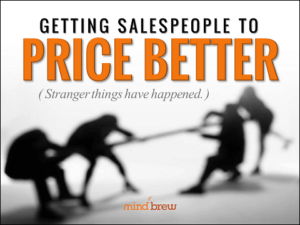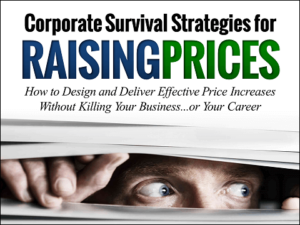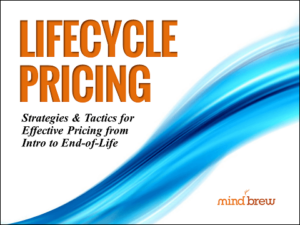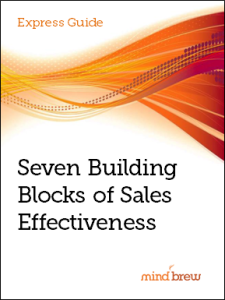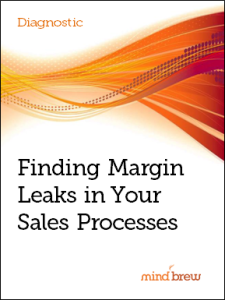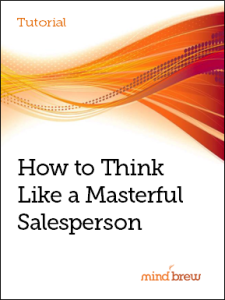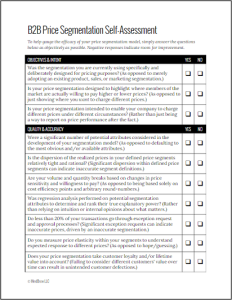At some point in their education process, all marketers learn the four Ps: price, product, promotion and place.
But when they get out in the “real world,” young marketers soon discover that all four of those Ps are not given equal weight. Most B2B marketing departments spend a whole lot of time on promotion, a little bit of time on product, less time on place and nearly no time at all on pricing.
That situation may be very common, but it’s also very unfortunate because pricing is one of the best tools that marketers have at their disposal for affecting their firms’ revenue and profitability.
In some cases, marketers think of pricing as someone else’s responsibility. Others just aren’t really interested in pricing as a discipline or never really consider the possibility that marketing should be involved in pricing.
The truth is, your Marketing 101 professor was right—pricing is definitely part of marketing. The price you place on your products has a huge impact on how potential customers view them. If marketing doesn’t have a say in how the products are priced, you could easily be undermining your marketing strategy by sending mixed messages—or, even worse, you could be leaving money on the table.
Pricing really isn’t that difficult to figure out, and it may be more interesting than you expect. Yes, you’re going to have to do a little math, but we promise that it doesn’t have to be painful. And in fact, many of the processes you should already be doing as part of your marketing activities—things like defining your target market, segmenting your market, and researching your customers—are the very same things you’ll need to do in order to set good prices for your products.
And as we mentioned before, pricing is one of the most effective tools marketers have at their disposal for increasing (or decreasing) company profits. One study found that a 1 percent increase in prices can lead to an 8 percent increase in profits—or more.
Just think about how many more leads you would need to generate in order to obtain an 8 percent rise in profits. Think about how much time and budget you would need to generate those leads. Now imagine that you could get the same result just by modifying your prices slightly.
Clearly, tweaking prices so that they are right for each customer segment gives you a much bigger bang for the buck than many of the other activities marketing engages in every day. If you haven’t been involved in pricing in the past, now might be a good time to re-acquaint yourself with this much-neglected aspect of the four Ps. And if you’re not sure where to start, we’d recommend watching the three webinars below as a quick refresher on the basics of good pricing.

